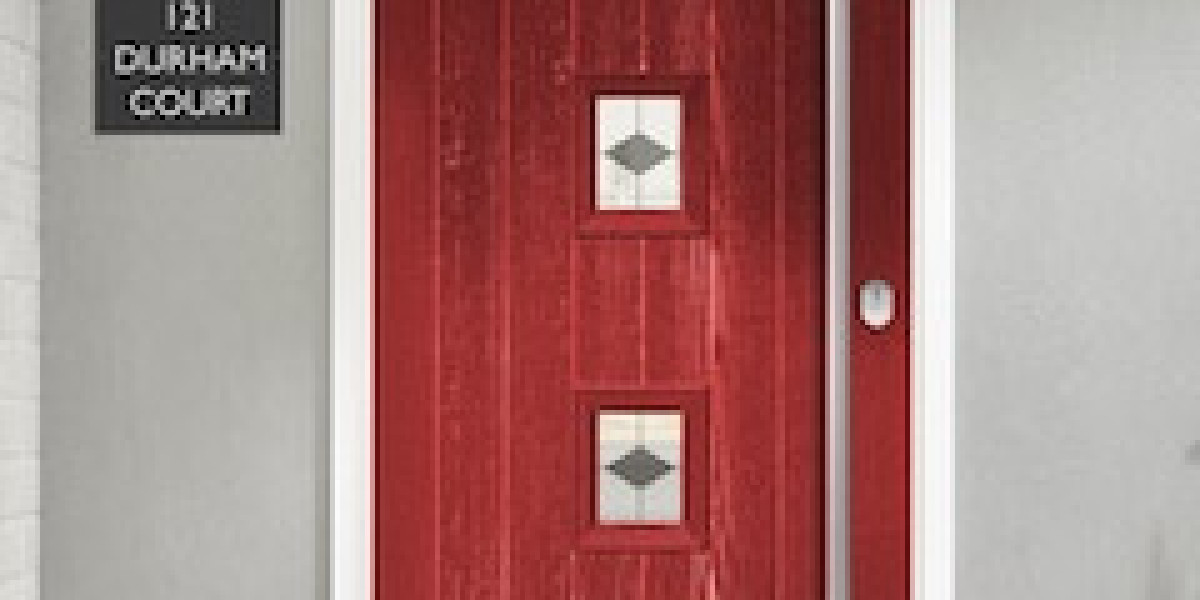
The Comprehensive Guide to Composite Door Refurbishment
Worldwide of home improvement, the term "composite door refurbishment" encompasses a vital aspect of maintaining and improving the visual appeal, performance, and security of property properties. Composite doors, made from a mix of products such as wood, uPVC, and insulating foam, are renowned for their durability, thermal performance, and low maintenance requirements. Nevertheless, like any structural aspect of a home, they can show wear gradually. This short article checks out the value, methods, and advantages of refurbishing emergency composite door repair doors, while also dealing with frequently asked concerns.
Why Refurbish Composite Doors?
1. Aesthetic Appeal: One of the main factors house owners decide to recondition their composite doors is to bring back or improve appearance. Over time, direct exposure to elements can lead to fading or discoloration. With refurbishment, owners can upgrade the appearance of their doors without the expense of complete replacement.
2. Improved Performance: As doors age, their seals can break down, resulting in drafts and energy inefficiencies. Refurbishment can resolve these issues, restoring the door to its original performance levels.
3. Cost-Effectiveness: Refurbishing a composite door is generally more economical than a complete replacement. This makes it a practical choice for those aiming to maintain their home without undergoing a substantial financial outlay.
4. Environmental Benefits: Refurbishing contributes to sustainability by minimizing waste. Instead of discarding an old door, refurbishment keeps it in use, reducing the need for brand-new materials.
Secret Steps in Composite Door Refurbishment
Reconditioning a composite back door repair door normally includes several important actions. Below, we outline a straightforward technique to complete this process effectively:
Step 1: Assessment and Inspection
Before starting refurbishment, a thorough assessment of the door is basic. House owners ought to look for:
- Signs of wear, such as scratches, dents, or fading paint.
- Damage to the seals or locking systems.
- Any signs of rot or insect problem (especially if the door has wood aspects).
Action 2: Cleaning
Cleaning the door is vital in preparing it for refurbishment. Property owners can use a mix of mild soap and water, in addition to non-abrasive cloths, to thoroughly wash the door. A mild scrub can remove dirt, gunk, and mildew, exposing any surprise damage.
Step 3: Repairs
When the door is clean, any required repairs must be addressed. This may include:
- Replacing or fixing door seals to improve insulation.
- Repairing or replacing hinges as required.
- Retouching paint or varnish where required.
Step 4: Repainting or Re-staining
Depending upon the desired finish, property owners can either repaint or re-stain the door:
For painting: Choose an ideal exterior-grade paint that complements the overall home color pattern. Dry completely before using a 2nd coat.
For re-staining: Use a quality wood stain that safeguards and boosts natural functions, followed by a protective sealant.
Step 5: Final Inspection and Maintenance Tips
After refurbishment, house owners need to perform a final evaluation to ensure all aspects are secure and functional. Regular maintenance, such as lubrication of hinges and examine weather seals, can extend the door's life expectancy.
Benefits of Composite Door Refurbishment
The refurbishment of composite doors offers numerous advantages for house owners:
Extended Lifespan: Routine refurbishment can significantly extend the life of a composite door, guaranteeing that it continues to provide security and insulation for many years.
Expense Savings: By choosing refurbishment rather than replacement, property owners can conserve a considerable amount on setup and material costs.
Design Personalization: Refurbishment allows property owners to customize their door's appearance, transforming it to match developing design choices or contemporary style trends.
Increased Property Value: A well-refurbished door not just boosts curb appeal but can also increase the value of the home when presented on the market.
Peace of Mind: Knowing that a reconditioned door is secure and effectively insulated supplies peace of mind, especially for house owners concerned about energy effectiveness and security.
Frequently Asked Questions (FAQs)
Q1: How frequently should I refurbish my composite door?
A1: While the frequency of refurbishment can vary, typically it is suggested to evaluate your door every 5 years. Indications of wear, such as fading or peeling, may prompt an earlier refurbishment.
Q2: Can I recondition my composite door myself?
A2: Yes, many homeowners can carry out fundamental refurbishment tasks themselves, such as cleaning, painting, and sealing. Nevertheless, engaging a professional is a good idea for substantial repairs or if electrical parts are involved.
Q3: What products do I require for refurbishment?
A3: Essential products consist of:
- Mild soap and water for cleaning
- Exterior-grade paint or wood stain
- Door seals and lubes for hardware
- Sandpaper or wood filler for surface repairs
Q4: How can I prevent additional degeneration after refurbishment?
A4: Regular maintenance is crucial. This might consist of regular cleaning, checking seals for wear, and ensuring hinges are oiled. Keeping the door devoid of particles, specifically in locations prone to moisture, can likewise help.
composite thermal door repair door refurbishment is a necessary practice for homeowners aiming to preserve the longevity, performance, and aesthetic appeal of their entranceways. With a little effort and the right tools, composite doors can easily be invigorated, saving costs and decreasing waste while contributing to the total value of a home. As a financial investment in both charm and functionality, reconditioning certified composite door repair doors shows to be a sound decision for any house owner.









